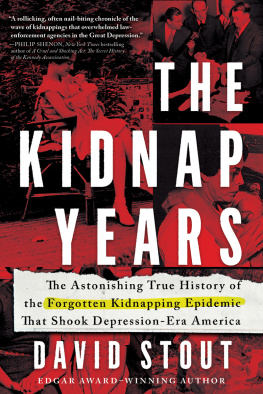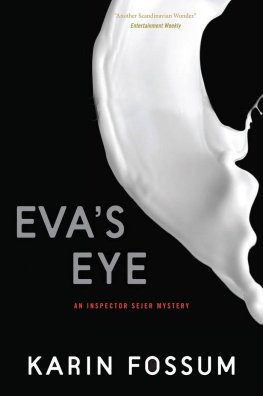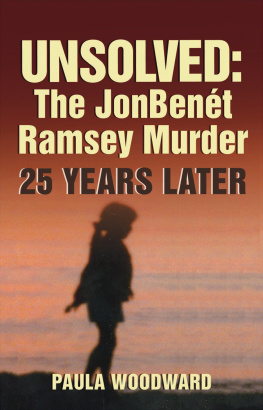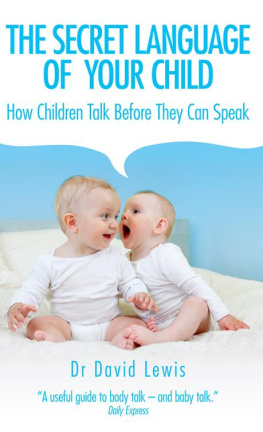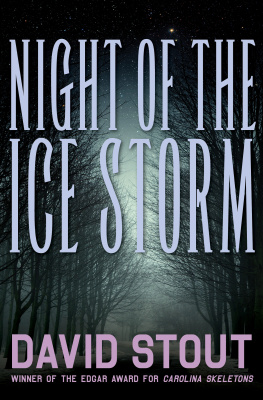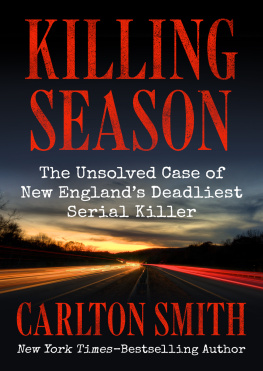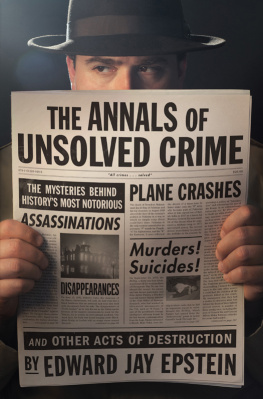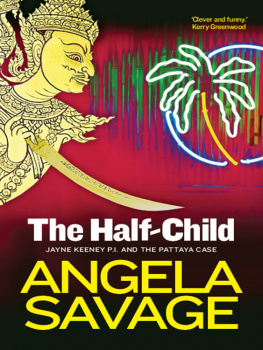About the Author
David Stout has been a journalist for forty-three years, twenty-six with the New York Times. Since 1997 he has been a reporter in the Timess Washington bureau. He is the author of three novels; his first, Carolina Skeletons , won an Edgar Award from the Mystery Writers of America as the best first novel of 1988. His most recent book is Night of the Devil , published in 2003, about the infamous slaying of two policemen in Lodi, New Jersey, in 1963. Stout lives in Washington, D.C.
THE BOY
IN THE
BOX
Also by David Stout
Novels
Carolina Skeletons (Edgar Award winner)
Night of the Ice Storm
The Dog Hermit
Nonfiction
Night of the Devil
For Rita
To buy books in quantity for corporate use or incentives, call (800) 962-0973 or e-mail premiums@GlobePequot.com.
Copyright 2008 by David Stout
ALL RIGHTS RESERVED. No part of this book may be reproduced or transmitted in any form by any means, electronic or mechanical, including photocopying and recording, or by any information storage and retrieval system, except as may be expressly permitted in writing from the publisher. Requests for permission should be addressed to The Globe Pequot Press, Attn: Rights and Permissions Department, P.O. Box 480, Guilford, CT 06437.
The Lyons Press is an imprint of The Globe Pequot Press.
Designed by Sheryl P. Kober
Library of Congress Cataloging-in-Publication Data is available on file.
ISBN 978-1-59921-269-2
Printed in the United States of America
10 9 8 7 6 5 4 3 2 1
Authors Note
This is a true story. It belongs to the men and women of the Philadelphia police department and the people in other law enforcement agencies who tried so hard a half-century ago to rescue a dead child from anonymity.
The story belongs especially to the small band of investigators who adopted the little boy for life, never flagging in their desire to give him an identity even as they contemplated the end of their own days.
Some parts of the book have been dramatizedthat is, I have created scenes and dialogue to make the past come alive as best I can. This is, after all, a story , not a tome. But in dramatizing, as opposed to fictionalizing, I often had the benefit of people who were there, and who shared their memories with me. In other instances I relied on the accounts of people who were close to the participants, and at other times on news accounts.
I have changed names to protect the privacy of several people, like the Good Samaritan who was kind enough to share with me his memories of a mysterious encounter along a narrow road on a winter afternoon, a meeting that might have been a brush with death.
This story does not belong to me, although I have stood over the unknown boys grave and been privileged to know some of the men who pray over it often. Most of all, the story belongs to the boy, who was given so little in this world and left it before his life had really begun. Peace to his spirit.
Chapter 1
A Graveside Gathering
February 26, 2007
They look their age, these once-tough cops who shiver in the cold this morning in Ivy Hill Cemetery in northwest Philadelphia. It is fitting that they stand in a place that evokes thoughts of eternity, for they are at a place in their lives where they ask themselves, My God, where did the time go?
They ask in reverence as well as wonder, for these are men of faith. Heavenly Father, bless this unknown child, says one old investigator, whose name is Bill Kelly, over a grave nestled among rhododendrons. Not far away, a bagpiper plays Amazing Grace.
These men of eighty years or thereabouts are gathered at the resting place of a boy of four or five, maybe even six nobody knows for sure. He had a name once, a long time ago. Now it just may be that no one alive on this earth knows his name.
And yet Bill Kelly and his good friend Joe McGillen, another old investigator, and a few others have not lost hope that the child will have his name back before they die. It is even possible, they think, that whoever snuffed out his life could still face justice in this world. Or, given all the time that has gone by, maybe that person has already answered to a higher power.
On this Monday morning, Kelly and McGillen are hoping that a woman of middle age is true to her word. If she is, she will meet them in the cemetery, near the childs grave. And possibly, just possibly, she will give them the key to the mystery.
Not many days ago, she called the Vidocq Society, a Philadelphia fraternity of retired lawmen who investigate cases that have gone unsolved for years.
I have pictures, she told McGillen, a Vidocq member, over the phone. I have pictures, taken a long time ago, of a little boy. He looks so much like the little boy found dead in the box way back when.
Its hard for McGillen to follow her story. But as he listens patiently, it seems to break down like this: The woman on the phone has two aunts who live with her. Both are old and frail. Anyhow, one aunt had a husband, now thankfully gone from this world. He was a mean, hot-tempered man. He and his wife had a son; the father believed in slap-and-strap discipline, and then some. Once he got so angry at the little boy that he threw him out a window. The boy suffered a nasty cut on the chin.
A cut on his chin? That makes McGillen sit up. The boy buried in Ivy Hill Cemetery under the rhododendrons had a distinctive L-shape cut under his mouth.
What happened after that? McGillen asks.
Pretty soon, the boy wasnt there anymore, the woman says.
Her story is disjointed, marked by memory gaps. But that is nothing unusual. Truly coherent stories about violence are the exception. Besides, the woman on the phone was probably just a toddler herself when the boy got tossed out a window. Who knows how much of her story is recollection, and how much was imprinted by family tales told by grown-ups?
But McGillen wants to hear more. The woman agrees to come to the cemetery for the graveside ceremony. She will bring some pictures.
Fine, McGillen says. Hes philosophical. There have been a lot of false leads over the years. This woman will either show up or she wont, and he cant make her.
But he wonders why she is just now coming forward. She talks on, and answers his question: Its been weighing me down all these years.
Joe McGillen understands that, all right. Police work teaches some thingsthe terrible things people are capable of, how a flash of temper can change things forever, the awesome burden of shame and guilt.
The woman keeps her word this chill morning. She approaches Kelly and McGillen after the graveside service and shows them a black-and-white photograph of a little boy, probably no more than three years old. The photo appears to be from several decades ago, at least.
I have some more, the woman says, explaining that they are from a family album.
Kelly is riveted by the picture. The boys face, the shape of his head, the outline of an earthe features look a lot like those of the boy over whose grave they have just been praying.
Yes, Kelly says, wed love to see more pictures. But, of course, the pictures will mean nothing in the end. What would mean something is a sample of the DNA from the frail old woman who was cursed with a violent husband a long time ago. Imagine if her DNA matched that of the unknown child buried under the rhododendrons!
Kelly and McGillen have been disappointed too many times to let their hopes soar. Still, they are intrigued. If the child is ever given a name, it may be because someone cannot bear to keep a terrible secret any longer. Could the someone be this woman with the pictures?


